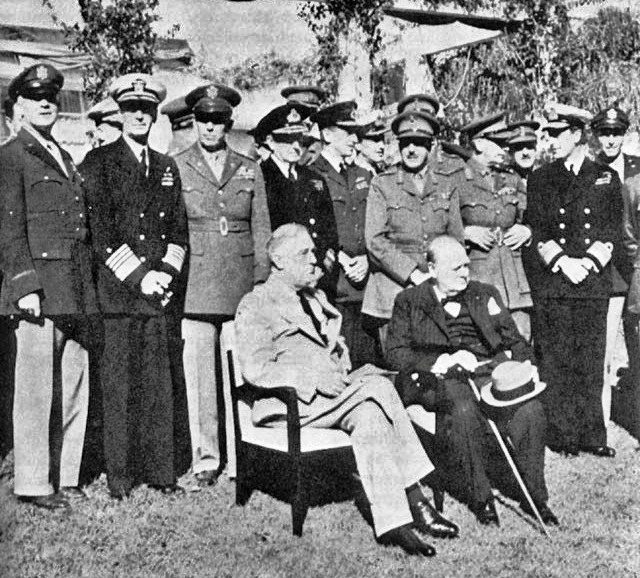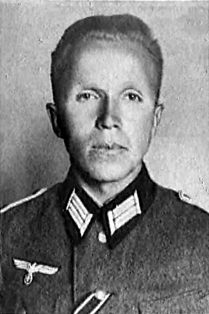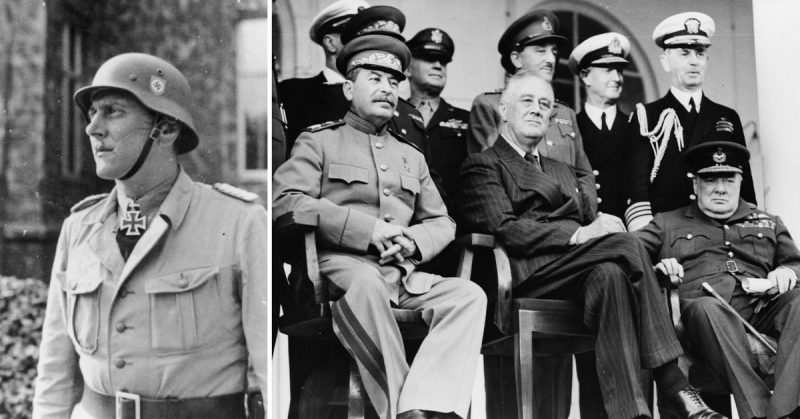Hitler came up with some pretty wild plans to achieve world dominance. Among them was an attempt to eliminate his enemies while they were together in one place. Difficult, yes, even during the 1940s, when security was much less sophisticated than now. However, the crazy scheme is not widely known, although it was popularized in some countries, notably Russia. So what happened?
Operation Long Jump
The Nazis planned to assassinate the major world players in 1943, while they were at the Tehran Conference. Tehran, in Iran, had been chosen as a neutral meeting place for Joseph Stalin, Franklin Roosevelt and Winston Churchill, the leaders of the Allies. All three were acutely aware of assassination attempts. Everyone wanted everyone else dead. Tehran seemed like the best place for them to meet.
The plan was hatched after Roosevelt and Churchill met in Casablanca, and the Germans learned about it too late. They realized they had missed an excellent opportunity to kill two birds with one stone. They were not going to allow another chance to be lost.

Otto Skorzeny was chosen to be in charge of the operation. He was an Austrian Lieutenant Colonel in the German Waffen SS, a paramilitary organization. He is famous for his involvement in the rescue of the deposed Italian dictator Benito Mussolini. However, Skorzeny was foiled by Soviet secret agents.
All the members of the first group of Germans were arrested and forced to contact their handlers under Soviet supervision. However, Berlin is said to have received a secret code from them indicating that its agents were under surveillance. The second group with Skorzeny never made it to Iran, and the plan was thwarted.

Afterward
Vartanian received the Gold Star medal and the Hero of the Soviet Union. He lived a long life and was congratulated by Winston Churchill’s granddaughter in 2007 for his war work.
The Soviets had a difficult time convincing their Western allies of their role in stopping the attack, or acknowledging that a plot had existed at all. The Americans and British did not trust Soviet Intelligence. Some accused the Russians of being complete liars. Although the press did try to dig into the rumors a little, President Roosevelt intervened, and reporters believed the story was far-fetched.
After the war, Skorzeny denied that the plan ever existed. He stated that he and Hitler had discussed an assassination plot, but it had been deemed unfeasible.
It did not stop the story from being popular in Russia. Books have been written about it, documentaries produced, and movies made.
Modern Western scholars have conceded it is possible the Soviets were right all along.
